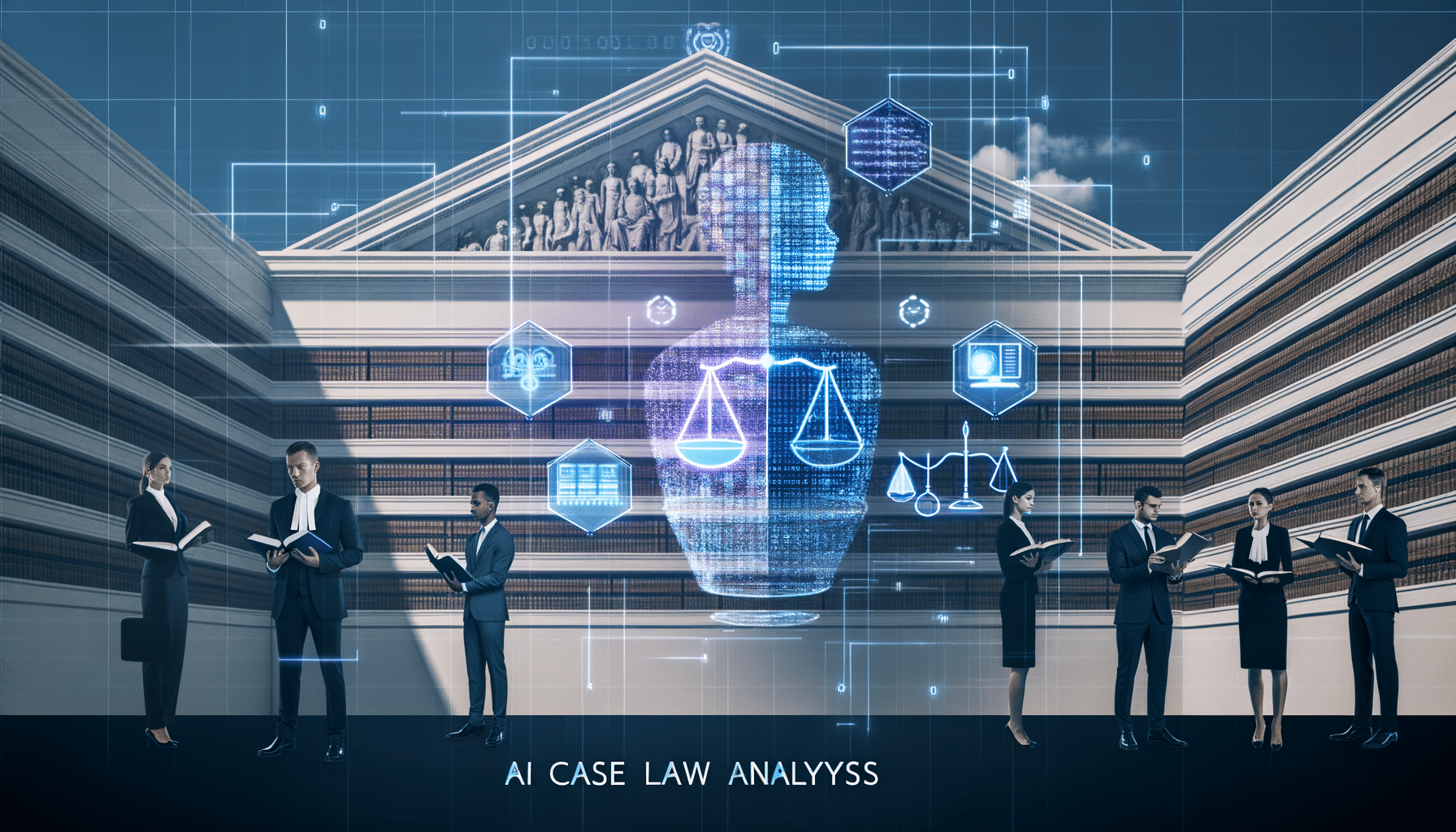As someone deeply entrenched in the advancement of technology and its intersection with diverse fields, I’ve come to appreciate how AI is reshaping industries, including the legal sector. In our journey with RecordsKeeper.AI, we’ve witnessed firsthand the seismic shifts that AI can bring to record management. This transformation is equally profound in legal contexts, particularly regarding AI case law analysis. It is a fascinating convergence of technological innovation and legal scholarship that is redefining how legal precedents are understood and applied.
The Age of AI in Legal Practice
For decades, the legal industry relied heavily on the manual exploration of vast case law databases, a time-consuming and often cumbersome task. But the introduction of AI-powered legal analysis tools marks a shift towards more efficient, reliable, and insightful legal research. By harnessing machine learning algorithms and natural language processing, AI is not only enhancing the depth of legal research but also its accuracy and speed.
AI-driven case law tools are fundamentally transforming how lawyers approach legal precedents. With the ability to analyze thousands of cases in a fraction of the time it would take a human, these tools provide an unprecedented vantage point into legal data. They can identify patterns, predict outcomes, and even offer strategic advice with a significant level of confidence.
Streamlining Legal Research
Lawyers and legal researchers have long been accustomed to sifting through mountains of case law to find relevant precedents. This process, historically arduous and labour-intensive, is now streamlined through AI technology. AI case law tools empower legal professionals by equipping them with the capability to swiftly identify pertinent case law, reducing research time dramatically.
Automated processes allow for natural language queries, making it easier to conduct searches in intuitive ways. This is akin to having a research assistant that operates at lightning speed, capable of trawling through voluminous records to pinpoint exactly what’s needed. The result is not just faster research but also reduced costs and increased accuracy.
Evolution in Precedent Tracking
One of the most compelling features of AI in the legal field is its ability to track changes in legal precedents over time. Traditional methods often struggled to keep up with evolving jurisprudence, resulting in outdated or incomplete analyses. AI-powered legal analysis changes this by automatically updating legal knowledge bases, ensuring that legal professionals have access to the most recent and relevant precedents.
This development is significant because it facilitates a new level of insight into the dynamic landscape of law. Precedent tracking becomes more precise, allowing for better predictions of legal outcomes and more transparent litigation strategies.
Ensuring Compliance with AI
Compliance is another area where AI case law analysis is setting new benchmarks. Legal compliance involves ensuring that business operations adhere to relevant laws and regulations—a task that is complex, given the sheer volume and variability of legal statutes across different jurisdictions.
AI technologies excel at sifting through vast legal texts, identifying compliance requirements, and creating actionable reports. By automating many of these processes, AI not only reduces the workload on compliance teams but also enhances the organization’s ability to operate within legal parameters with greater certainty.
Challenges and Considerations
While AI-powered legal analysis offers numerous advantages, it is not without its challenges. There is a critical need to ensure that these systems uphold ethical standards, maintain accuracy, and manage biases inherent within training data. Additionally, legal professionals must learn to interpret AI outputs critically, understanding the limitations and potential pitfalls of this technology.
It’s an exciting time to be involved with legal technology, and it’s incumbent upon us to develop frameworks that support ethical AI use. This responsibility includes ensuring that AI tools are robust, transparent, and consistently scrutinized for bias.
The Future of Legal Precedents with AI
As AI technologies advance, the potential for even more nuanced and precise legal analysis grows. Future possibilities include AI systems that can craft legal arguments or even simulate court proceedings to offer insights into potential case outcomes. The opportunities are vast, and the implications for legal practice are profound.
For those leading legal teams or managing records in their organizations, embracing AI-driven solutions can provide a powerful competitive edge. These technologies not only enhance decision-making but also liberate legal professionals to focus on higher-order tasks where human judgment is paramount.
In conclusion, AI is an incredible force for change in the realm of legal precedents and compliance. As I continue to explore these advances through the lens of our work at RecordsKeeper.AI, I am confident that embracing AI today positions us well for the challenges and opportunities of tomorrow. If you’re intrigued by these developments and want to learn more, I invite you to follow my journey as we navigate the continually evolving landscape of AI in the legal domain.








